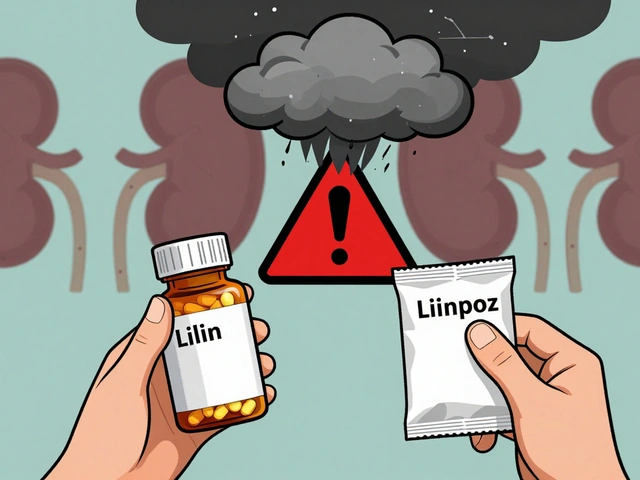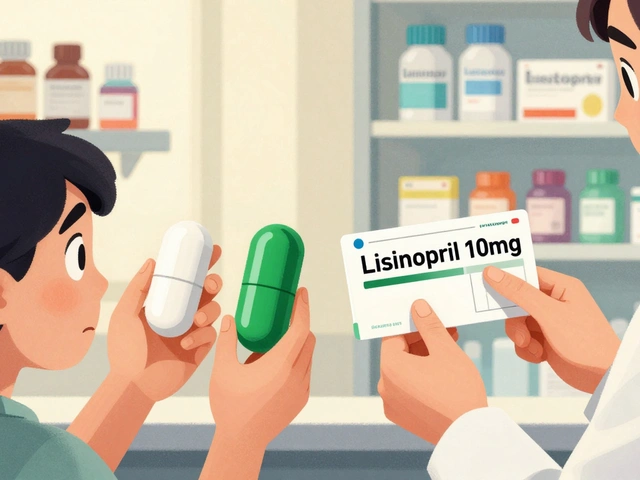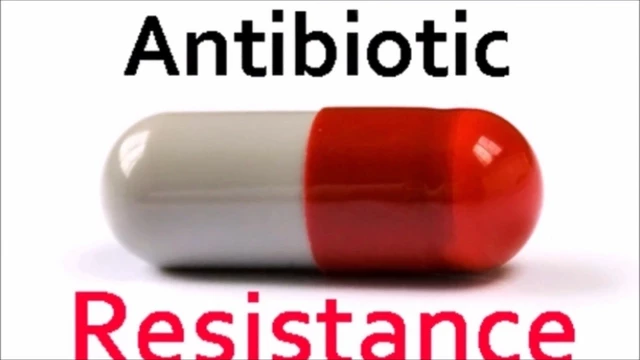Understanding Postherpetic Neuralgia
When we talk about shingles, we often think of the painful rash that characterizes this condition. However, for some people, the pain doesn't stop even after the rash has cleared. This lingering pain is known as postherpetic neuralgia (PHN). It's a complication that affects nearly 10-20% of people who've had shingles. It can last for months or even years, causing significant distress and a decreased quality of life.
How Shingles Leads to PHN
The virus that causes shingles, the Varicella-Zoster Virus, lies dormant in our nerve cells after we've had chickenpox. When it reactivates, it causes shingles. However, in some cases, this virus can damage the nerves, causing them to send pain signals to the brain even after the shingles episode has ended. This results in PHN.
Recognizing the Symptoms of PHN
The primary symptom of PHN is pain that continues for more than three months after the shingles rash has healed. This pain can be constant or intermittent, and it can range from mild to severe. It is often described as burning, sharp, jabbing, or deep and aching. Some people may also experience extreme sensitivity to touch, known as allodynia.
Who is at Risk for PHN?
Although anyone who has had shingles can develop PHN, certain factors increase the risk. Age is a significant factor, with older individuals being more likely to develop PHN. Those with severe shingles pain and a more extensive rash are also more likely to experience this complication. Furthermore, individuals with a weakened immune system may be at a higher risk.
Diagnosing Postherpetic Neuralgia
If you've had shingles and continue to experience pain after your rash has cleared, it's essential to see a healthcare professional. They will likely diagnose PHN based on your symptoms and a physical examination. In some cases, they may also conduct nerve tests to confirm the diagnosis.
Managing the Pain of PHN
While there is no cure for PHN, there are strategies and medications that can help manage the pain. These include topical treatments, like capsaicin cream or lidocaine patches, oral medications, such as antidepressants, anticonvulsants, and opioids, and even nerve blocks or other interventional procedures.
The Role of Antiviral Medications
One way to reduce the risk of developing PHN is to start antiviral medication as soon as possible after the onset of shingles. Antivirals can help to reduce the severity and duration of shingles and may decrease the risk of PHN.
Living with PHN: Lifestyle Adjustments
Living with PHN can be challenging, but making certain lifestyle adjustments can help. Regular physical activity and a healthy diet can boost your overall health and may help to reduce pain. Relaxation techniques, such as deep breathing, meditation, and yoga, can also be beneficial.
Support for People with PHN
Living with chronic pain can be isolating, but remember, you're not alone. There are support groups and resources available for people living with PHN. These can provide a space to share experiences, learn from others, and gain comfort from knowing that others understand what you're going through.
Prevention is Key: The Shingles Vaccine
One of the most effective ways to prevent PHN is to prevent shingles in the first place. The shingles vaccine is recommended for adults 50 years and older and can significantly reduce your risk of developing shingles and, subsequently, PHN.




Barbara Ventura
I've had shingles twice. The pain after? Worst thing ever. No one tells you how long it lasts. Just... it doesn't stop.
Stephen Lenzovich
Of course the CDC pushes vaccines like they're candy. Meanwhile, the real cause is 5G towers and glyphosate poisoning. They don't want you to know the truth.
abidemi adekitan
In Nigeria, we don't have access to fancy patches or antivirals. But we do have ginger, turmeric, and community. Pain doesn't care about your insurance. It just is. And we sit with it together.
laura balfour
I got PHN after my shingles. Lidocaine patch? Life saver. But the docs kept saying 'it'll get better'... it didn't. For years. Now I just breathe through it. And cry. Mostly cry.
Ramesh Kumar
Actually, you're all wrong. The real cause is vitamin D deficiency. I read a paper on PubMed. Everyone with PHN has low D. Fix that and the pain vanishes. No drugs needed. Just sunlight and supplements.
Barna Buxbaum
The vaccine works. I got it at 52. My mom got shingles at 70. She didn't get PHN. Don't wait until it's too late. Prevention isn't optional. It's the only smart move.
Alisha Cervone
I read the article
Diana Jones
Let me break this down for you. PHN is not a disease. It's a systemic failure. The medical industrial complex profits off chronic pain. They want you addicted to gabapentin. They don't want you healed. They want you compliant.
asha aurell
You're all overreacting. It's just nerve pain. Get over it.
Abbey Travis
If you're reading this and you're in pain: you're not broken. You're not weak. You're surviving. That's enough. Today, just breathe. That's your win.
ahmed ali
I read the whole thing and honestly? This article is garbage. First off, the CDC doesn't even know what they're talking about. Second, capsaicin cream? That's just chili powder on your skin. Third, antivirals are useless unless you take them within 24 hours of the first tingle and no one ever catches it that fast. Also, the shingles vaccine? It only works for 5 years and then you're back to square one. And don't get me started on how they lie about the side effects. I had a friend who got the vaccine and then got shingles anyway. So much for '90% effective'. They're just milking us for money.
Deanna Williamson
The data shows a 68% increase in PHN cases in states without universal vaccine coverage. The correlation is statistically significant. Also, the economic burden is $1.2 billion annually. You're not just suffering. You're costing the system.
Miracle Zona Ikhlas
You're not alone. I know it feels like the world moved on. But I'm here. I remember. And I see you.
sarah basarya
I'm so tired of people treating PHN like it's just 'bad luck'. It's not. It's the result of a broken healthcare system that ignores elderly pain. And now we're supposed to be grateful for a patch?
renee granados
The vaccine is a trap. They put mercury in it. They want you to be weak. They control the nerves. You think this is about pain? It's about control.
Carolyn Cameron
While I appreciate the general overview, the article lacks a rigorous discussion of the neuroplastic mechanisms underlying central sensitization in PHN. Furthermore, the recommendation of capsaicin cream is clinically unsound given its low bioavailability and inconsistent efficacy in phase III trials. One must consider the pharmacoeconomic implications of palliative care versus targeted neuromodulation.
naoki doe
Hey, I had PHN too. You ever try CBD oil? I took 50mg daily. Changed my life. You should try it. I can send you my guy's number. He's got the best stuff. You live in the US right? You can get it anywhere now.